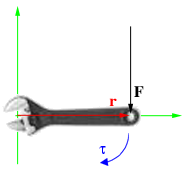| Lighthouse of Alexandria | |
|---|---|
A drawing of the lighthouse by German archaeologist Prof. H. Thiersch (1909). | |
| Location: | Pharos, Alexandria, Egypt |
| Coordinates WGS-84 (GPS) | |
| Deactivated: | 1303/1323 |
| Foundation: | Stone |
| Construction: | Masonry |
| Height: | 115–200 m (380–660 ft) |
| Range: | 56 km (35 mi) |
The Lighthouse of Alexandria (or The Pharos of Alexandria, Greek: ὁ Φάρος τῆς Ἀλεξανδρείας) was a tower built in the 3rd century BC (between 285 and 247 BC) on the island of Pharos in Alexandria, Egypt to serve as that port's landmark, and later, its lighthouse. With a height variously estimated at between 115 and 200 m (380 and 660 ft) it was among the tallest man-made structures on Earth for many centuries, and was identified as one of the Seven Wonders of the Ancient World by Antipater of Sidon. It may have been the third tallest building after the two Great Pyramids (of Khufu and Khafra) for its entire life. Some scholars estimate that would make the tower the tallest building up to the 14th century. (from en.wikipedia.org)
The lighthouse after two currencies issued in Alexandria under Antoninus Pius and Commodus.































































































.jpg)


















































































































